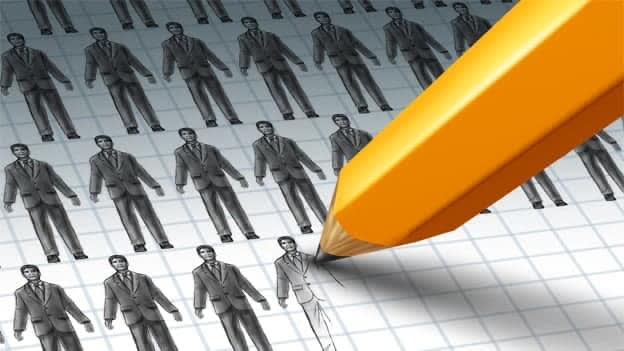The year 2020 was full of challenges & negativity…we all have witnessed the VUCA… Volatility, Uncertainty, Complexity & Ambiguity whereas the year 2021 is a year of optimism & hope. Things are getting back to new normal & the economy is also on a steady recovery mode. In the unprecedented time of business uncertainty due to Covid19, the HR leaders have stepped up to support the business in many new ways. Lockdowns have been declared worldwide to curb the spread of the Covid. The Organizations have asked employees to work from home where ever possible; revenues have tanked, and there is growing pressure to cut costs.
HR faced the dilemma of managing the fixed costs of employees and at the same time keeping the morale and motivation of people who were working from home always higher. HR also needed to prepare for the longer-term keeping in view that the definition of Work, Worker & Workers have changed overnight.
HR had many challenges during that period these ranged from:
1. Reducing the impact of Covid on employees due to cost cutting measures
HR was asked to reduce cost and the first casualties were the employees. Many people across Industries lost their jobs due to pandemic
But in many cases, The HR Leaders Got into “a change-driver’s seat by being creative around work, worker & workplace. Some of the measures that were taken by these leaders include
- Salary reduction / furloughs
- Cutting on infra costs by making most of the people working from home
- Digitization and automation of HR systems
2. With the start of the unlocking process the new set of challenges came in front of HR such as:
- Following the ever changing unlock guidelines at district, state & central level
- To what extent the offices to be opened
- Who all have to come to office and who all have to continue working from home?
- Ensuring the safety of employees who were coming to office
- How to motivate / ensure those who have been asked to come to office
- How to engage those who are working from home
HR worked with business to answer the question: “how do you get people back to work? Some of the measures taken for this by HR include:
- Modifying the shift timings of factory workers to ensure their safety with least disruption to the business.
- Creating new norms such as checking the temperature of employees, requiring them to wear masks and limiting the number of staff in common areas and cafeterias.
- Creating a separate area where workers can sit down and wait for their turn in the cafeteria.
- Dividing office staff into groups and bringing in only one group to the office at a time.
- Checking employee’s health records to see who may be at higher risk and need to stay at home for longer period.
3. Preparing employees For New Skills, Change
While employees were work from home, HR used this time to train them and build new skills that serve the business’s growth plans. Challenge was to ensure that employees stay productive and don’t go soft while they were working from home
Besides technical and generic skills training, HR planned for coaching employees on rules of working from home and managing remote teams.
HR not only supported just employees, but also lot of leaders, because people were not used to working from home for such long periods.
Making people adapt to this unexpected change and that too at a very fast pace was another challenge which HR Leaders faced and managed well in most of the cases.
4. New Business Models and New Investments
Even when the lockdown lifted, most of the businesses were far from normal. Customer demands changed with greater level of competition that required companies to operate differently.
For most of the businesses this came as a time to reset the entire thinking of business models. These new business realities require HR to think differently about talent acquisition, workforce planning and learning and development.
Investments have increased manifolds in digital and infrastructure improvement, such as in technologies to manage data and run businesses remotely. The immediate need was to develop more capacity to do these things remotely.
5. Engaging and motivating remote workforce
One of the most important way in which HR supported businesses by keeping employee morale high so that they help fuel business growth when the time comes. HR designed creative ideas to increase engagement of people
- To keep employees engaged and let them know they are cared for, companies have stepped up communication during Covid period
- Many companies launched contests and quizzes for employees, while others have rolled out helplines to tackle stress or emotional well-being issues.
- Some companies even provide on call doctors availability to employees 24/7 for online consultation as well as home visits.
- Others created WhatsApp groups of employees living in the same area and trained those groups on how to help each other in an emergency, as well as how to stay safe
- Organizing online events, involving family members in those events, etc. were some of the things that were introduced
- Despite many challenges, the first priority for HR Leaders was to take care of their people being the biggest asset that are here to be managed and and that was at the highest risk right during pandemic
The HR warriors have repositioned themselves as center pivotal & driver of Business. They have successfully & respectfully acquired a chair in the Board Room.
We have to go a long way to restore the new normal…one of the emerging challenges is to ensure vaccination for their employees, convince them to go for it… and also to prepare the organization culture for hybrid work model. I am confident that HR will emerge as strong leaders in times to come…
- Jan 26, 2021
- Posted by: Deepak Bharara
- Categories: Articles, Wisdom

